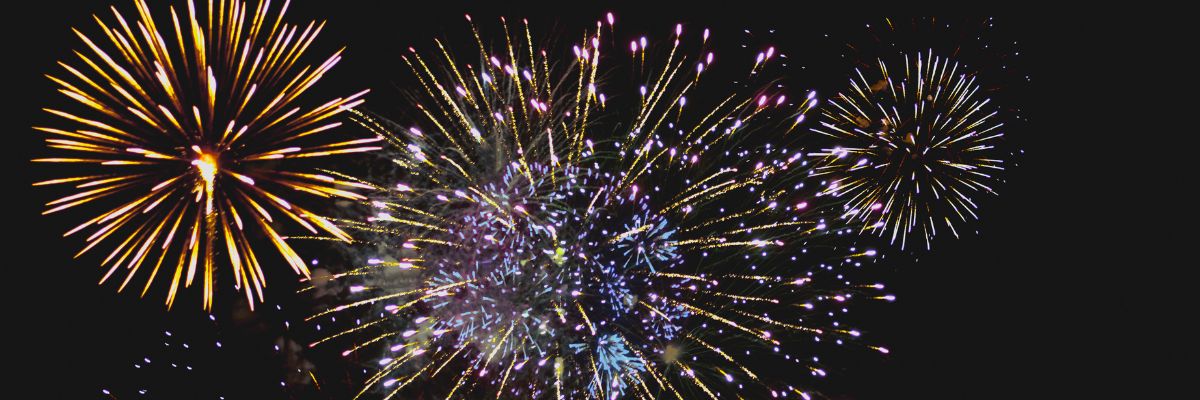Navigating Bonfire Night Sensory Overload: A Guide for Adults with Learning Disabilities
The dazzling explosion of fireworks, the crackling bonfires, and the sweet scent of toffee apples all paint a vibrant picture of Bonfire Night in the United Kingdom. It’s a cherished tradition, a celebration of historical events, and a night of joy for many. However, for adults with learning disabilities, Bonfire Night can present a unique set of challenges, especially in terms of sensory overload. In this blog, we will delve into the significance of Bonfire Night and explore ways to support those with learning disabilities as they navigate the sensory intensity of the occasion.
The Significance of Bonfire Night
Bonfire Night, or Guy Fawkes Night, commemorates the foiled Gunpowder Plot of 1605, when Guy Fawkes and his co-conspirators attempted to blow up the Houses of Parliament. The event is marked with fireworks, bonfires, and the burning of effigies, most notably the “Guy.”
While Bonfire Night is historically significant, it has evolved into a festive celebration for many, marked by dazzling displays and gatherings with loved ones. However, for those with learning disabilities, the sensory elements of the occasion can be overwhelming.
Autistic Overwhelm and Sensory Challenges
Autistic individuals, including those with learning disabilities, often have heightened sensory perceptions. The loud noises of fireworks, the bright and rapid flashes, and the dense crowds can lead to sensory overload. This can result in stress, anxiety, and discomfort during the festivities.
Tips for Supporting Adults with Learning Disabilities on Bonfire Night
- Preparation is Key: Start preparing well in advance. Share information about Bonfire Night, its history, and what to expect. Visual schedules and social stories can be helpful tools for understanding and reducing anxiety.
- Choose the Right Location: Opt for a quieter and less crowded location to watch the fireworks. Many local authorities and organisations offer autism-friendly events with reduced noise and sensory-friendly features.
- Protective Gear: Consider using ear defenders to reduce noise exposure, and sunglasses or a cap to shield the eyes from bright flashes.
- Create a Calming Environment: Design a safe space or sensory-friendly room with familiar objects and sensory tools that can provide comfort if needed.
- Offer Choice: Allow individuals to have a say in their level of participation. Some may prefer to watch from a distance or not participate at all, and that’s perfectly fine.
- Post-Event Decompression: After the event, allow time for post-event decompression. Engage in calming activities or routines to help individuals relax.
At CASE Training Hull, We Understand
At CASE Training Hull, we understand the unique challenges that adults with learning disabilities face, and we are committed to providing support and guidance. Our goal is to enhance the lives of individuals with learning disabilities through training and care.
Bonfire Night is a wonderful opportunity to celebrate history and tradition, and with thoughtful preparation, it can be an enjoyable experience for everyone, including those with learning disabilities. Let’s ensure that this Bonfire Night, we create an inclusive and welcoming environment for all to enjoy.


